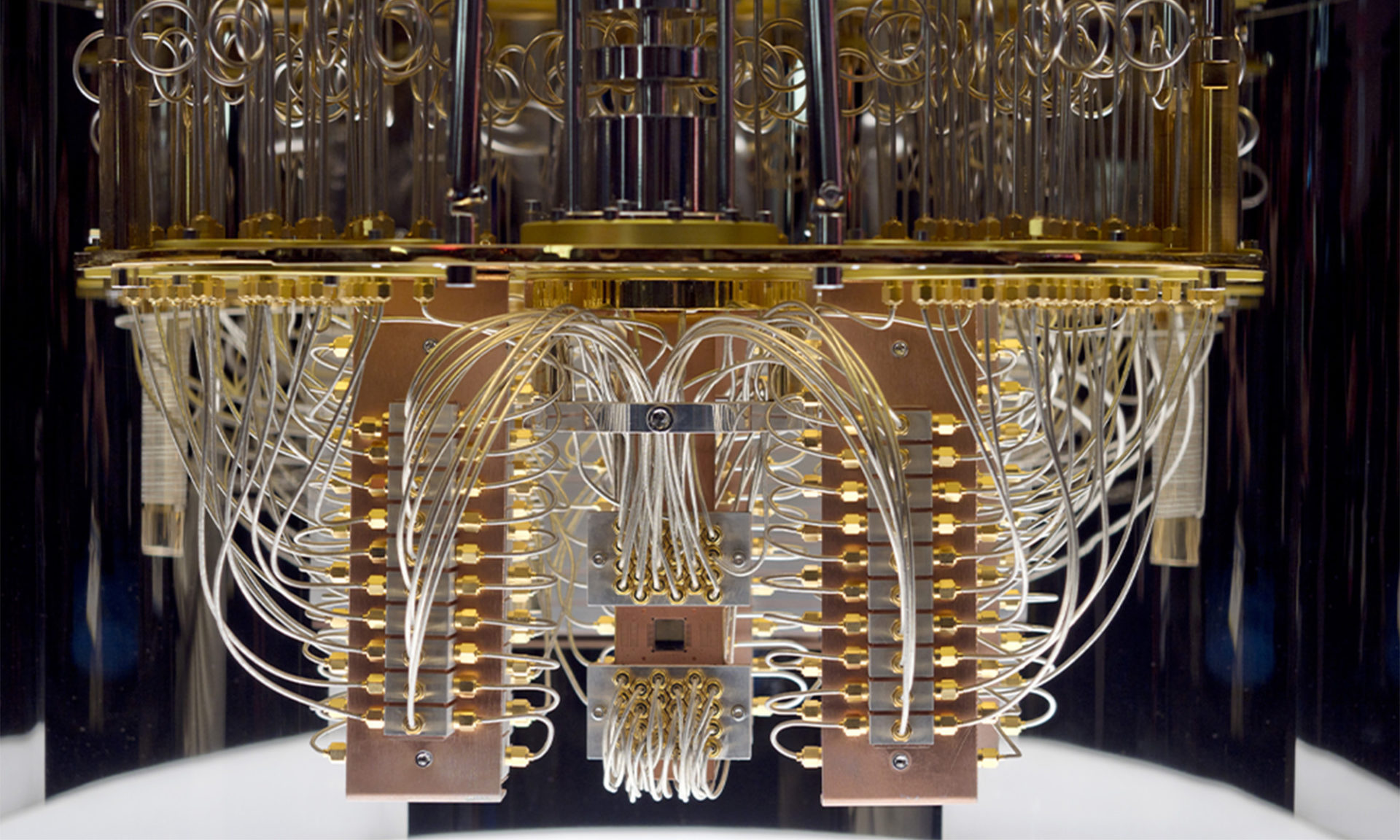Los Alamos National Laboratory recently published a Quantum Computer programming guide in ACM Transactions on Quantum Computing. For would-be quantum programmers scratching their heads over how to jump into the game as quantum computers proliferate and become publicly accessible, a new beginner’s guide provides a thorough introduction to quantum algorithms and their implementation on existing hardware. Deep-diving guide explains the basics, surveys major quantum algorithms and steps through implementing them on publicly available quantum computers.
the guide surveys 20 quantum algorithms — including famous, foundational quantum algorithms, such as Grover’s Algorithm for database searching and much more, and Shor’s Algorithm for factoring integers. Making the real-world connection, the guide then walks programmers through implementing the algorithms on IBM’s publicly available 5-qubit IBMQX4 quantum computer and others. In each case, the authors discuss the results of the implementation and explain differences between the simulator and the actual hardware runs.
The first section of the guide covers the basics of quantum computer programming, explaining qubits and qubit systems, fundamental quantum concepts of superposition and entanglement and quantum measurements before tackling the deeper material of unitary transformations and gates, quantum circuits and quantum algorithms.
The section on the IBM quantum computer covers the set of gates available for algorithms, the actual physical gates implemented, how the qubits are connected and the sources of noise, or errors.
Another section looks at the various types of quantum algorithms. From there, the guide dives into the 20 selected algorithms, with a problem definition, description and steps for implementing each one on the IBM or, in a few cases, other computers.
Read more.


